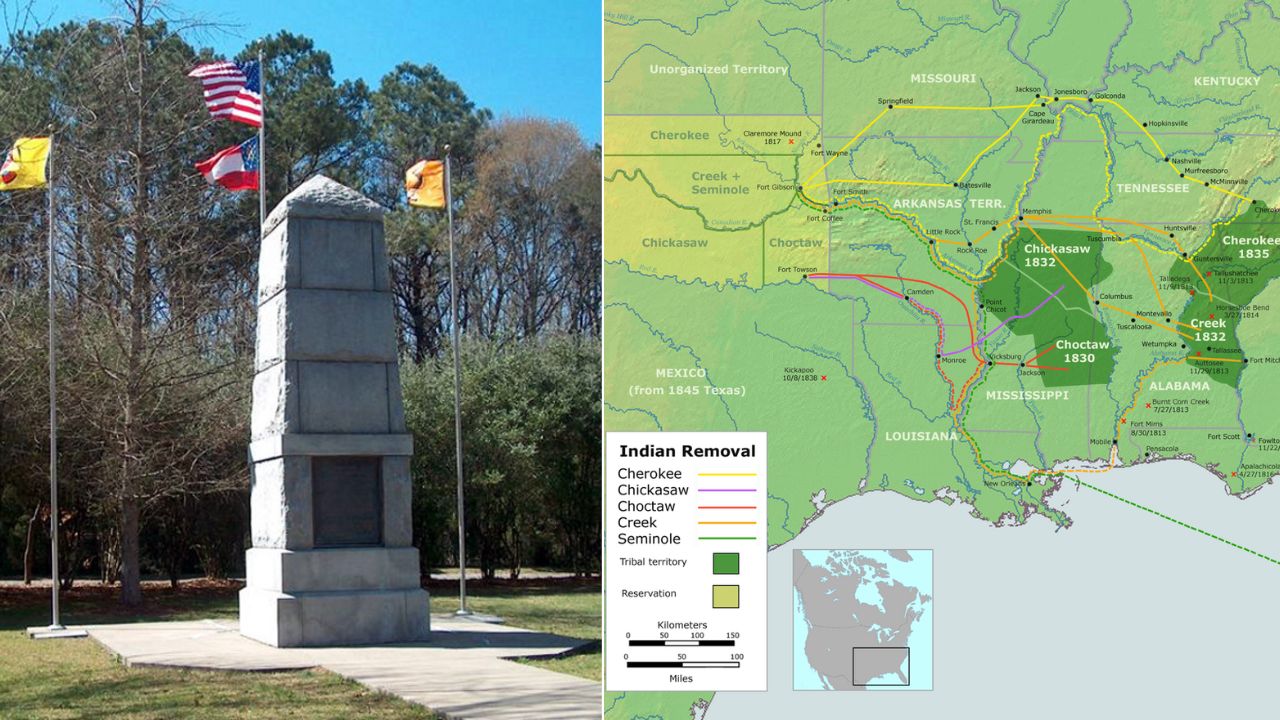The Trail of Tears refers to the forced relocation of thousands of Native Americans in the 1830s, primarily from the southeastern United States to lands west of the Mississippi River. This tragic event caused immense suffering, loss of life, and the destruction of communities. Understanding the Trail of Tears helps teens grasp the harsh realities of U.S. history, the consequences of government policies, and the resilience of Native American tribes during one of the darkest chapters in American history.
1. It Was a Forced Removal
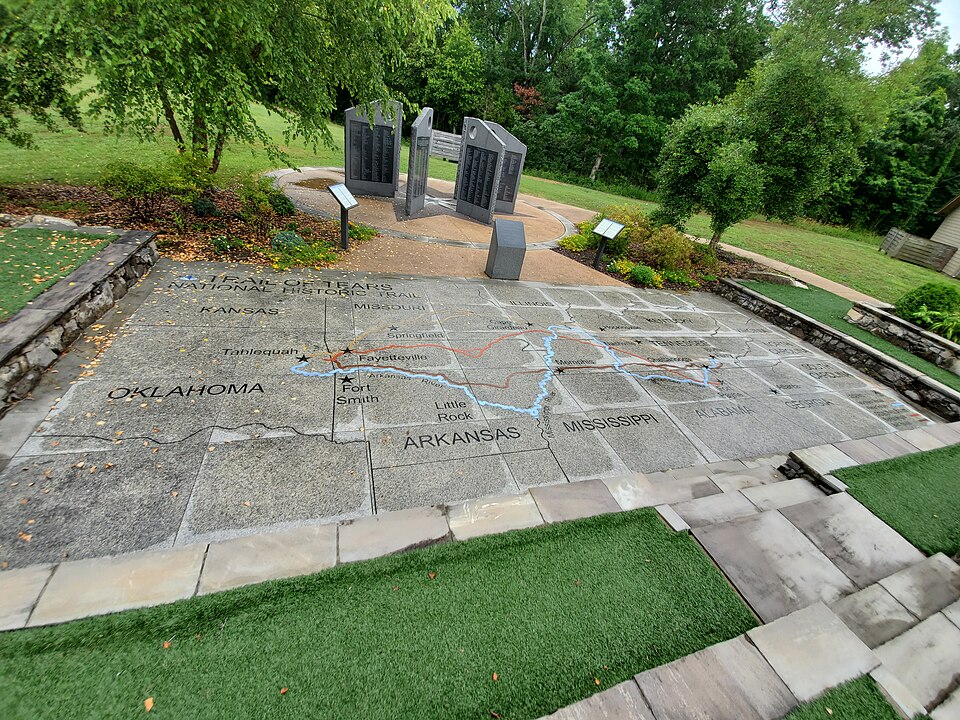
The Trail of Tears was not voluntary. Native American tribes, including the Cherokee, Creek, Choctaw, Chickasaw, and Seminole, were forcibly removed from their ancestral lands. The U.S. government passed the Indian Removal Act in 1830, which legally enabled this displacement. Families were uprooted and sent on long marches under harsh conditions, demonstrating the severe injustices faced by Native peoples during this period.
2. Thousands Lost Their Lives

During the forced marches, thousands of Native Americans died from exposure, disease, and starvation. Estimates suggest that around 4,000 Cherokee alone died during the relocation. The harsh conditions and lack of proper supplies made the journey deadly, highlighting the immense suffering endured by these communities and the human cost of government policies during the 1830s.
3. The Indian Removal Act Made It Legal

President Andrew Jackson signed the Indian Removal Act in 1830, which gave the government legal authority to relocate Native Americans. The law was presented as a solution to conflicts over land but resulted in widespread injustice and human suffering. Understanding this law helps teens see how legislation can be used to justify policies that harm specific groups of people.
4. The Cherokee Nation Tried to Fight Back
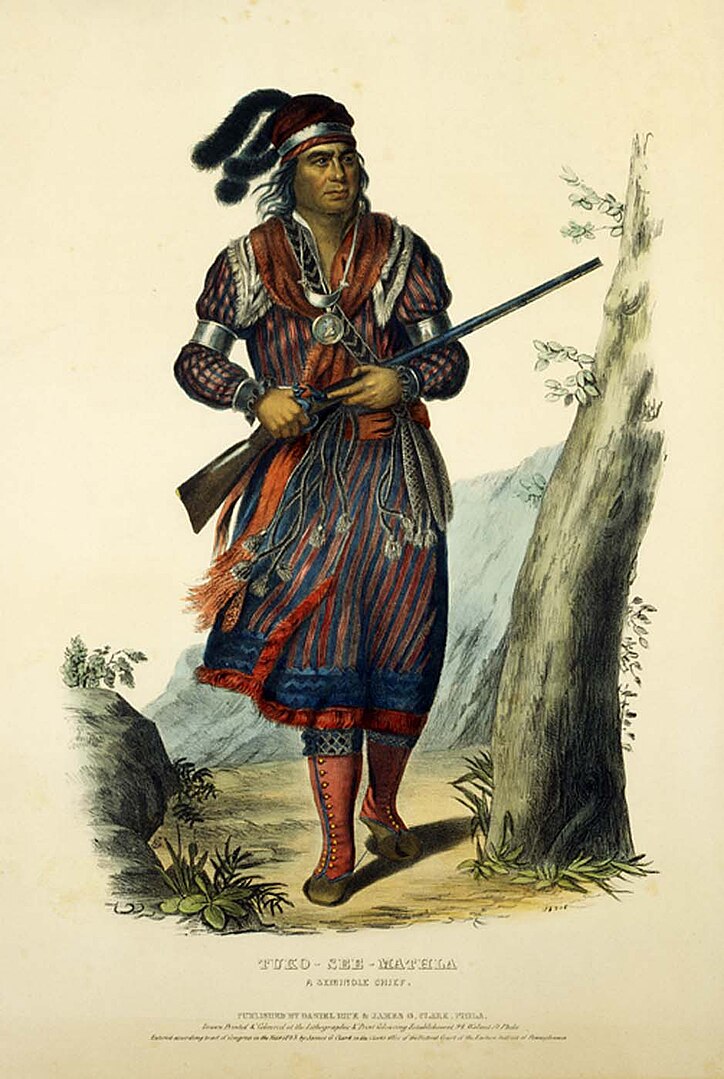
The Cherokee Nation resisted removal through legal action. They took their case to the U.S. Supreme Court in Worcester v. Georgia (1832), which ruled in their favor. However, President Jackson refused to enforce the ruling, and the removal continued. This shows how Native Americans used legal avenues to protect their rights, even though the government ignored their efforts.
5. Multiple Tribes Were Affected

While the Cherokee are most commonly associated with the Trail of Tears, other tribes, including the Choctaw, Chickasaw, Creek, and Seminole, also experienced forced relocations. Each tribe faced its own hardships, and their stories reveal the widespread impact of removal policies across the southeastern United States.
6. The Journey Was Brutal
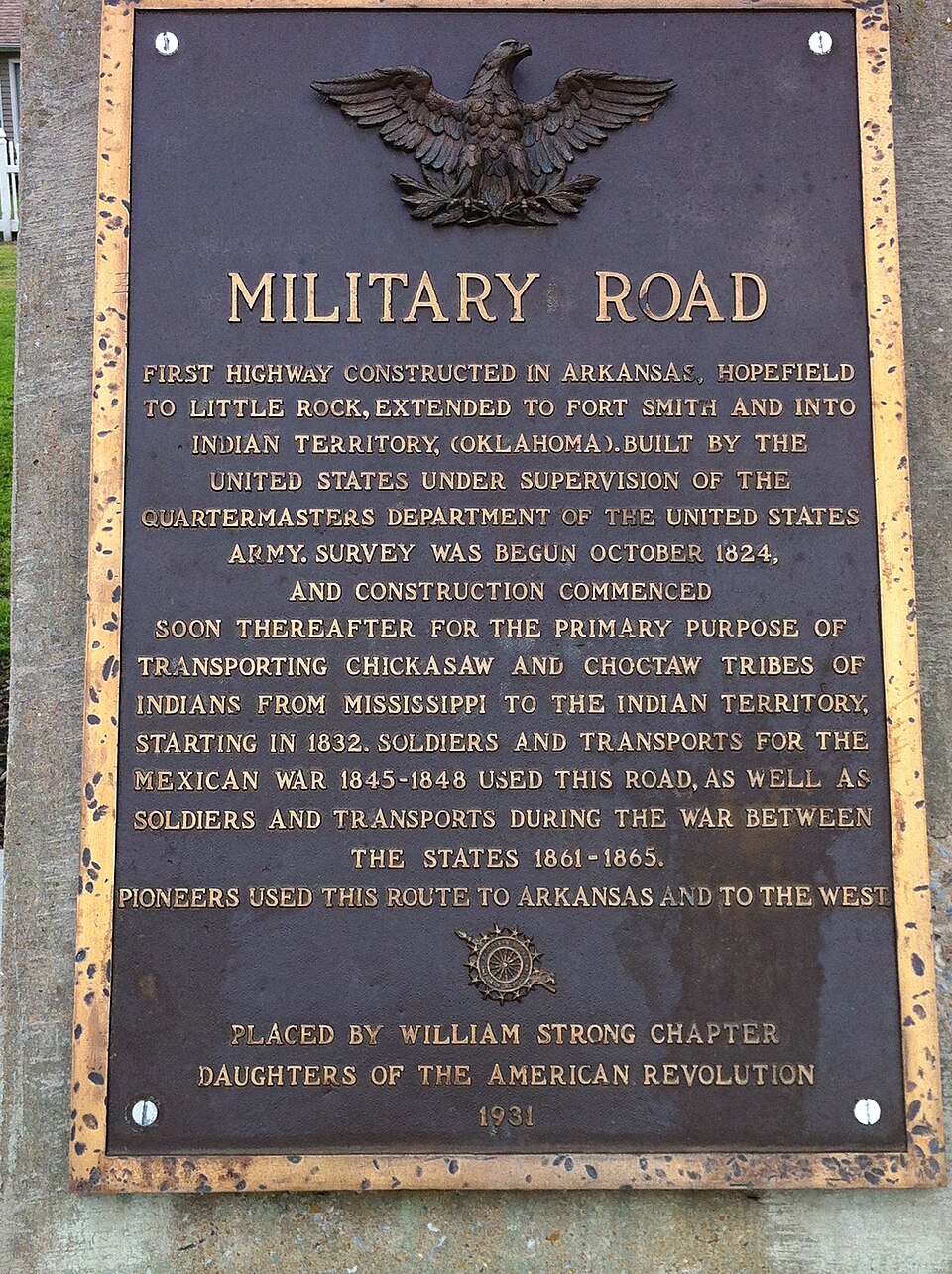
The marches spanned hundreds of miles through difficult terrain, including forests, rivers, and mountains. People were often forced to travel on foot, and many lacked adequate clothing, food, or medical care. This brutal journey exemplifies the extreme challenges and suffering endured by Native Americans during the Trail of Tears.
7. It Left a Lasting Legacy
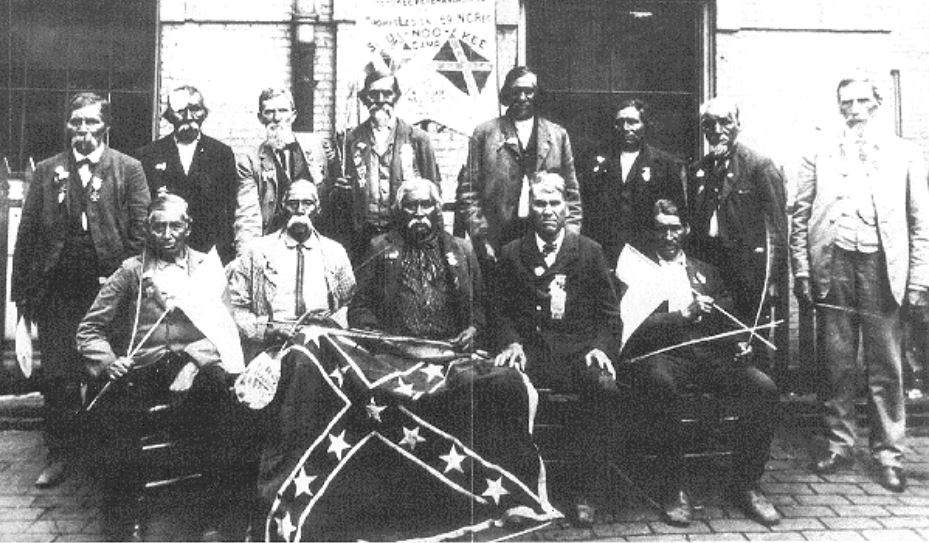
The Trail of Tears has a lasting impact on Native American communities. It represents a period of forced displacement, cultural loss, and generational trauma. Today, remembering the Trail of Tears helps teens understand the consequences of prejudice, injustice, and government actions, and it honors the resilience of the Native American tribes who survived and continue to preserve their culture.
